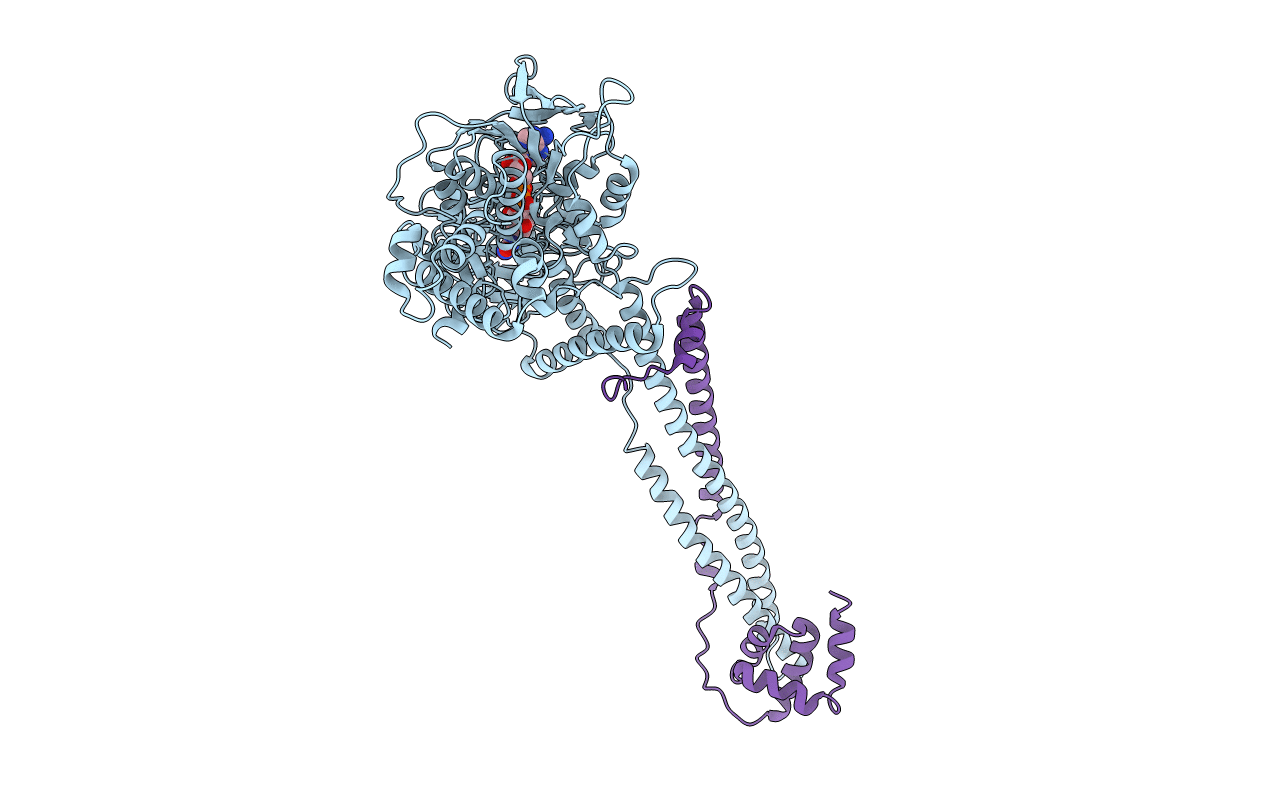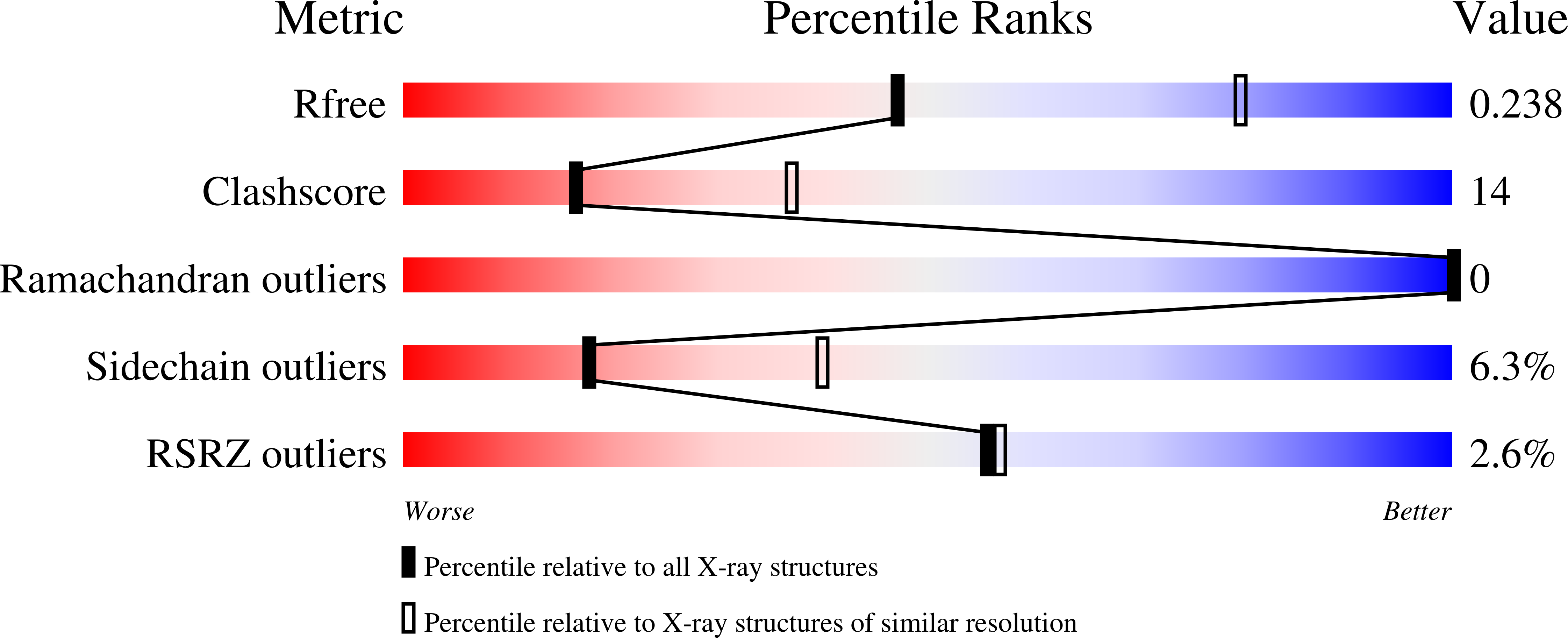
Deposition Date
2022-05-06
Release Date
2022-08-03
Last Version Date
2024-01-31
Entry Detail
PDB ID:
7ZRY
Keywords:
Title:
Structure of the 2a splicing variant of the full-length human LSD1 bound to CoREST (delta305)
Biological Source:
Source Organism:
Homo sapiens (Taxon ID: 9606)
Host Organism:
Method Details:
Experimental Method:
Resolution:
2.70 Å
R-Value Free:
0.24
R-Value Work:
0.22
R-Value Observed:
0.22
Space Group:
I 2 2 2


